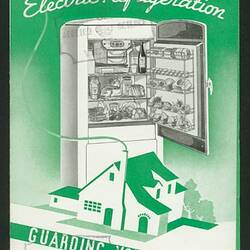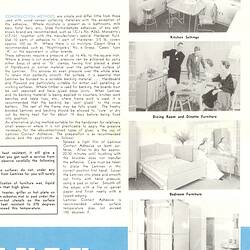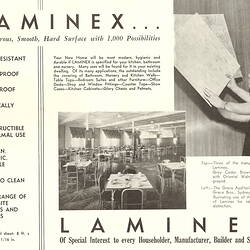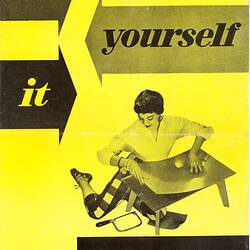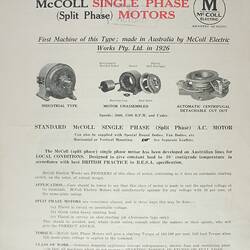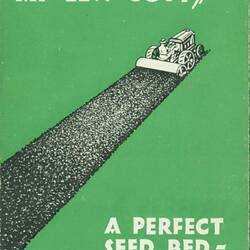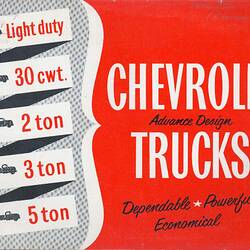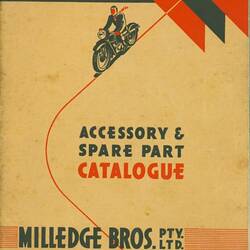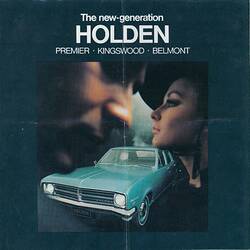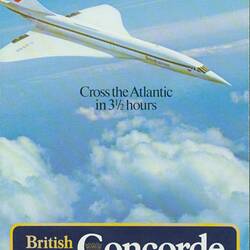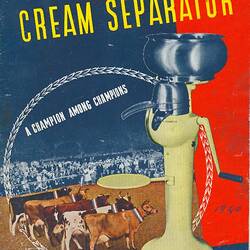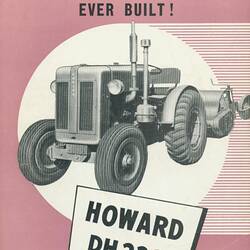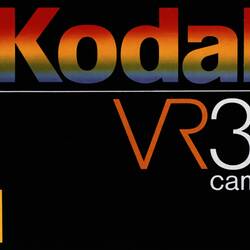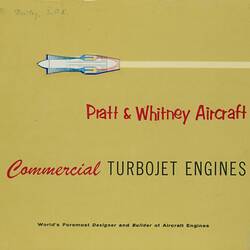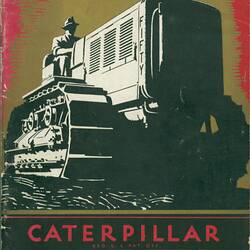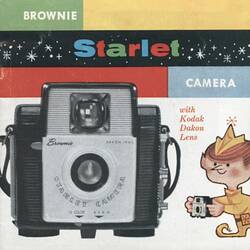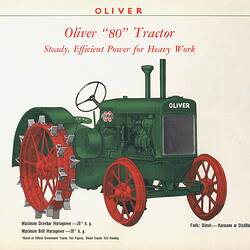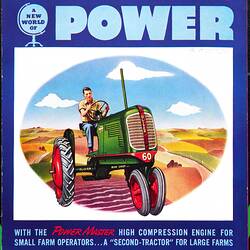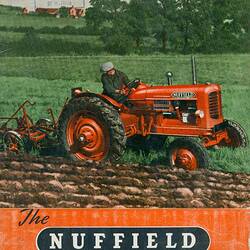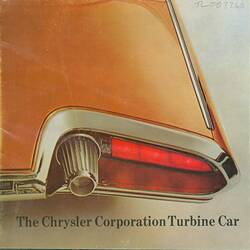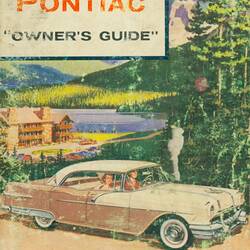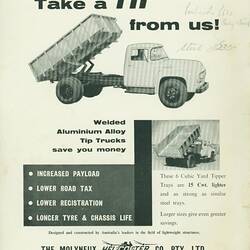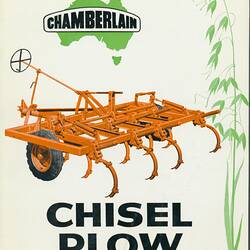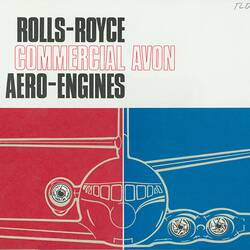Museum Victoria's Trade Literature Collection is the largest and most diverse collection of its type in any Australian public institution. Comprising over 65,000 catalogued items, representing more than 10,000 Australian and overseas manufacturers, the collection documents manufactured products made, marketed or used in Australia between 1850 and the present.
Trade Literature can be broadly defined as any text or text-and-image-based publication produced by manufacturers or distributors to promote, market, explain or maintain their product lines. It includes items such as promotional brochures, advertisements, product catalogues, repair and maintenance manuals, price lists, accessory lists, parts lists, sales bulletins, specification sheets and technical bulletins.
Advertisements are defined as a specific category of trade literature that appears as an insert within a more general book, newspaper, journal, trade directory or other publication. Advertisements usually occupy only a single page or a portion of a page within a larger publication, although in some cases they may run to several pages.
The Trade Literature Collection is used by museum staff and external researchers to:
- Provide items for exhibition, display and reproduction.
- Document aspects of Australian technological development in areas in which the museum is unable to develop and maintain extensive three-dimensional artefact collections.
- Identify and date technological artefacts found or used in Australia.
- Provide insights into the social and technological context in which different types of products were originally developed and marketed.
- Provide insight into changes in marketing techniques and graphic design used in the promotion of products over time.
- Examine processes of innovation, industrial design and the way companies have promoted their new product ideas.
- Examine what technologies were available in Australia at different periods and the process of technological transfer from overseas.
- Provide information about the relative cost of technological products and how they were marketed.
- Understand in more detail how particular technologies worked or were designed and manufactured.
- Research the impact and distribution of different technologies in Australia in a historical context.
- Provide information that can be used in the restoration, conservation and interpretation of technological artefacts.
More Information
-
Keywords
-
Localities
-
Authors
-
Article types

